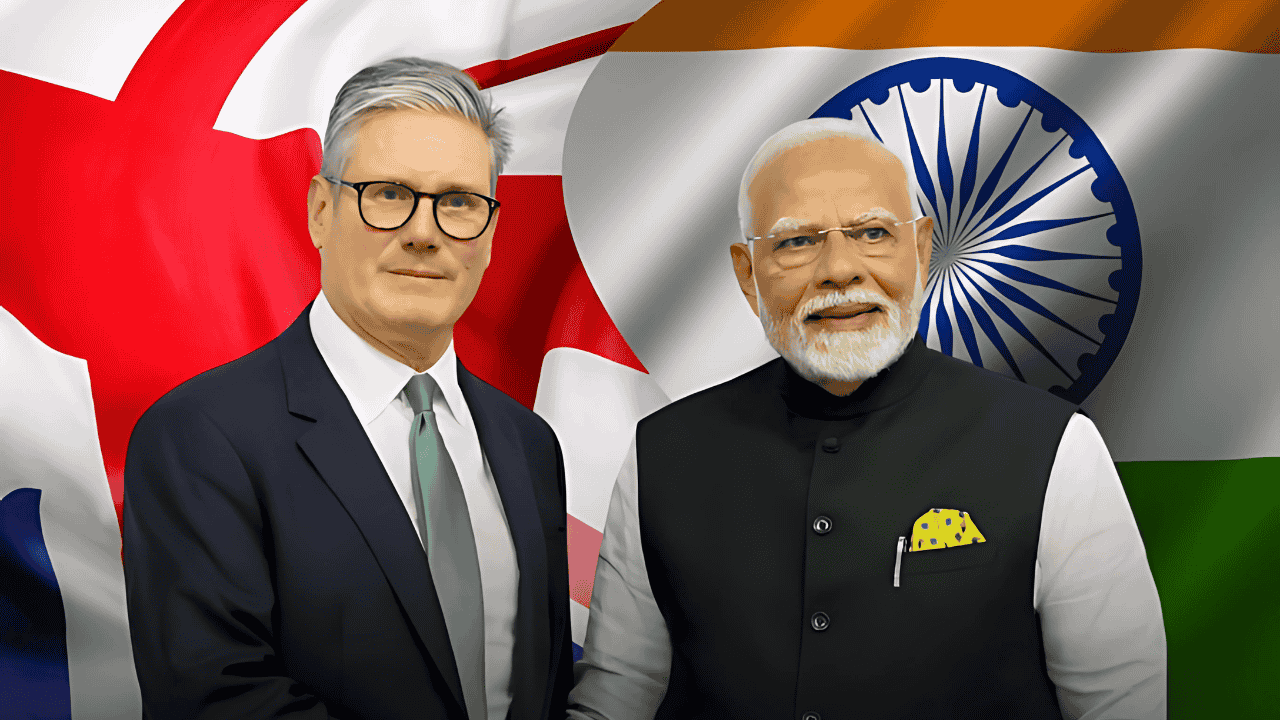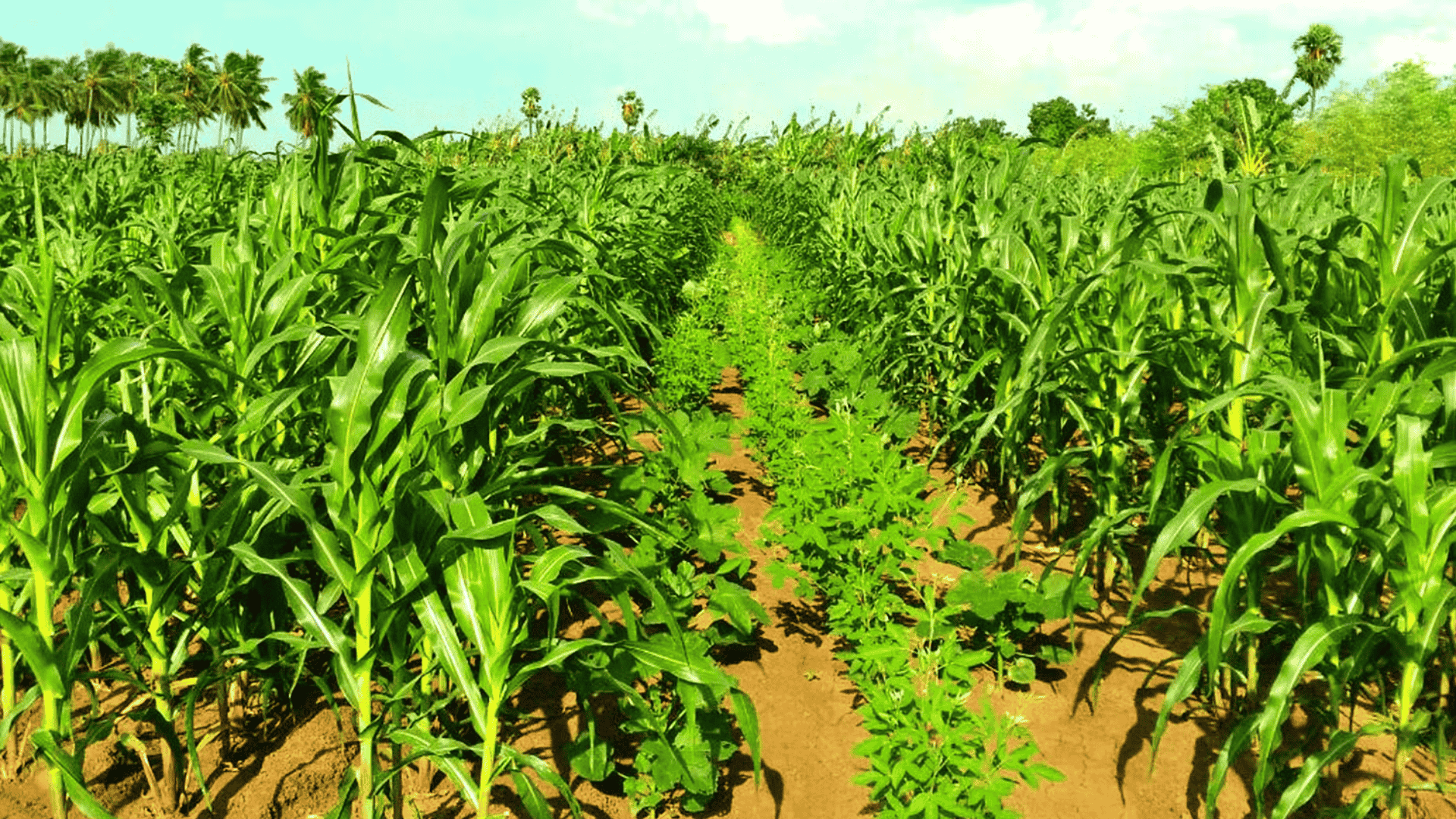The historic Free Trade Agreement (FTA) between India and the United Kingdom has been approved by the Union Cabinet, marking a major milestone in the economic ties between the two leading democracies. This comprehensive trade deal will be formally signed by Prime Minister Narendra Modi during his visit to London on July 24, 2025.
Cabinet Approval and Signing Details
On July 22, 2025, the Union Cabinet granted approval to the India-UK Free Trade Agreement (FTA). The agreement will be officially signed during PM Modi’s visit to London on July 24, accompanied by Commerce Minister Piyush Goyal.
This pact, formally known as the Comprehensive Economic and Trade Agreement (CETA), becomes India’s 16th Free Trade Agreement and the UK’s largest bilateral deal since Brexit.
Key Features of the India-UK FTA
Tariff Elimination and Market Access
The agreement provides extensive trade benefits to both nations:
India will receive duty-free access for 99% of its exports to the UK, especially in:
Textiles and garments
Leather and footwear
Gems and jewelry
Marine products
Auto components
Sporting goods
India will reduce tariffs on 90% of UK imports, with 85% becoming duty-free over the next 10 years:
Scotch whisky and gin: Duties reduced from 150% to 75% immediately, eventually to 40% over 10 years
Luxury cars: Import duties reduced from over 100% to about 10% under a quota-based system
Other sectors: Lower tariffs on chocolates, beauty products, medicines, fish products, biscuits
Mobility of Professionals and Services
Indian professionals such as IT experts, yoga instructors, chefs, musicians, and others will receive facilitated access to the UK job market.
Indian workers posted temporarily in the UK for up to 3 years will be exempted from paying social security, saving about ₹4,000 crore annually.
Services Sector Commitments:
Strong commitments in IT/ITeS
Financial, professional, and educational services
Mutually beneficial licensing and work visa reforms
Government Procurement Access
UK companies will be allowed to participate in India’s government procurement processes, a first for India in a bilateral FTA.
Over 40,000 tenders worth £38 billion annually will now be accessible to eligible British suppliers.
Economic Impact and Trade Projections
Trade Growth Targets
This free trade pact aims to double bilateral trade from $60 billion (2025) to $120 billion by 2030.
Key trade figures:
India’s exports to UK: $14.5 billion (12.6% growth)
UK’s exports to India: $8.6 billion (2.3% growth)
Overall trade 2023-24: $21.34 billion
GDP and Investment Benefits
UK Government estimates this deal will boost their economy by £4.8 billion annually by 2040.
India gains improved access to the UK import market worth over $815 billion, with India’s current share at just 1.8%.
PM Modi’s Four-Day Foreign Visit
UK Visit (July 23–24)
High-level meetings with UK PM Keir Starmer
Discussions on trade, defense, climate cooperation, education
Likely meeting with King Charles III
Interactions with Indian diaspora and business leaders
Maldives Visit (July 25–26)
Chief guest at Maldives’ 60th Independence Day celebrations
Strengthening ties under India’s ‘Neighbourhood First’ and ‘Mahasagar’ (Ocean) Vision
Possible economic and maritime security agreements
Sectors in India That Will Benefit Most
| Sector | Current UK Tariff | Post-FTA Scenario | Major Companies |
|---|---|---|---|
| Textiles | 4–16% | Zero duty | Welspun, Arvind, Raymond |
| Footwear | 4–16% | Zero duty | Bata India, Relaxo |
| Auto Parts | Variable | Quota-based entry | Tata Motors, Mahindra |
| Gems & Jewelry | Up to 4% | Zero duty | Various exporters |
| Engineering | 8–14% | Zero duty | Bharat Forge |
Benefits for UK Exporters
Scotch whisky: Expected to increase exports by £1 billion in 5 years, creating 1,200 jobs
British carmakers (Jaguar, Aston Martin) gain price competitiveness
Tariff relief on pharmaceuticals, cosmetics, chocolates, seafood, and machinery
Double Contribution Convention Agreement (DCC)
Alongside the FTA, India and the UK signed a social security agreement — the DCC, allowing employees deputed between the two nations to contribute only to the host country’s social schemes.
Benefits include:
Temporary assignments of up to 3 years exempted from dual contribution
Major cost savings for IT and service companies
Geopolitical and Strategic Significance
UK’s Post-Brexit Strategy
This FTA aligns with the UK’s “Global Britain” strategy, seeking economic diversification post-EU.
India Builds Global Reach
Strengthens India’s post-RCEP withdrawal image as a proactive global trade player
This deal can serve as a template for EU, US trade negotiations
China-Plus-One Strategy
Encourages global firms to diversify manufacturing to India, reducing China dependency
Enhances India’s image as a supply chain alternative
Implementation Roadmap
The agreement comes into effect after ratification by both countries’ legislatures, expected within 12 months.
Phase-wise implementation will begin immediately for certain sectors, with others seeing reductions over the next 10 years.
Bilateral Issues Discussed
India raised concerns about Khalistani extremism in the UK affecting social harmony
Extradition of fugitives like Vijay Mallya and Nirav Modi also discussed with UK authorities
💡 Why This Matters for Your Exam Preparation
This major development is important across multiple themes relevant to UPSC and other competitive exams:
1. International Relations (GS Paper 2)
Strategic bilateral diplomacy
Evolution of India’s global partnerships
Example of "Comprehensive Strategic Partnership"
2. Economy (GS Paper 3)
Free trade policy, tariff liberalization, FTA mechanics
Impact on GDP, trade balance, services sector
3. Essay and Interview Utility
Model for “India’s role in global trade”
Practical example for topics like “Globalization VS Protectionism”
4. Spotlight for Prelims and Current Affairs
India’s 16th FTA
Tariff policy updates on Scotch whisky, luxury automobiles
Role of DCC (social security pact)
5. Optionals & Ethics
Useful for Political Science, IR, Economics optionals
Shows administrative efficiency in policymaking







